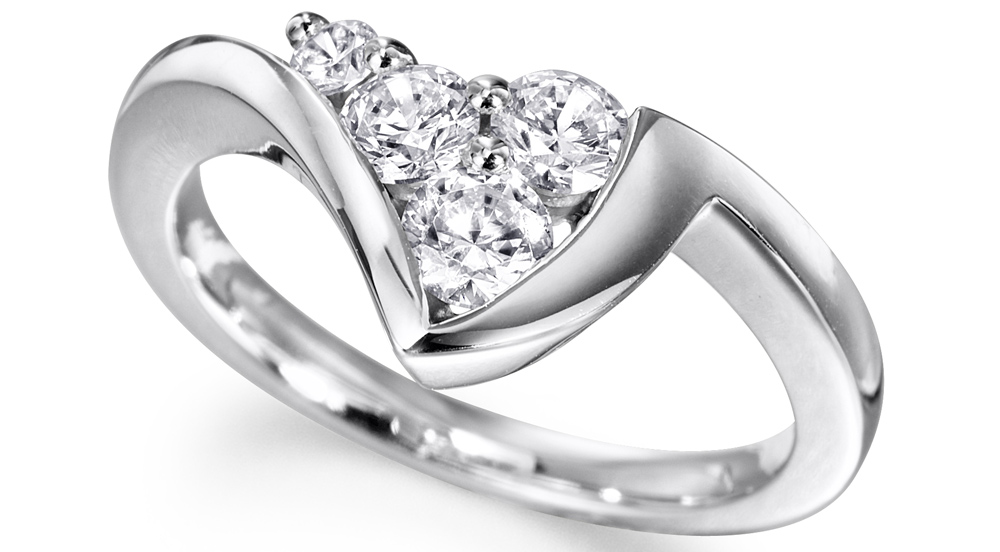So, you decided to buy a diamond or a diamond engagement ring for your loved one. Great! Diamond is an investment. And when you invest your money in something, you want to do it wisely. So, how do you know that the diamond you want to buy is a good one? Here is the answer – 4 Cs.
Let’s talk about those famous 4 Cs that everyone mentions when talking about diamonds. Diamonds have a standardized description that values them according to their Cut, Colour, Clarity and Carat weight.
I personally always add the 5th C to the list – Confidence. I think that Confidence should inspire your choice of diamond. When talking about confidence we talk about diamond certificates. They serve as proof of diamond’s identity and value. But we will talk in more detail about certificates later.
The Cut of a diamond refers to its proportions. Of the 4C’s, the cut is the aspect most directly influenced by man. The other three are dictated by nature. Quite often the cut of a diamond is confused with its shape. Diamonds are cut into various shapes depending upon the original form of the uncut diamond, which is referred to as “rough”. Whatever the shape, a well-cut diamond is better able to reflect light. A diamond’s ability to reflect light determines its display of fire and brilliance. Diamonds are usually cut with 58 facets, or separate flat surfaces.
GIA has recently started defining cut quality grades on their round diamond certificates and this is to help everyone know whether the diamond they are buying is ideal, premium or average. Whilst the commercial range of clarity and colour can have minimal effect on a diamond’s beauty, cut quality has a huge effect.
This is another very good reason not to buy a diamond that is uncertified. Not only is it unclear what its true grades are, it is possibly also deep or poorly cut and therefore less valuable.
Diamond quality and value is also determined by subtle colour differences, sometimes barely discernible to the untrained eye. The best and rarest diamonds appear colourless (white) or near colourless. So the best colour is no colour. Diamonds allow light to be reflected and dispersed as a rainbow of colour. This light dispersion, or colour flash, has no effect on the technical grading of colour. The absolute finest colourless stone carries a D rating, descending through each letter of the alphabet to Z, designating a diamond of light yellow, brown, or grey. This body colour may be caused by the presence of trace elements, such as nitrogen, within the atomic framework of the carbon crystal.
These trace elements are so minute that they are scientifically measured in parts per million (ppm). As the body colour becomes more intense, the grade for colour descends the scale. These gradations are so minute and precise that discerning a single grade (even by an expert) under less than ideal laboratory conditions is extremely difficult.
They are graded using letters starting with D, after all D is for Diamond. DEF are “white” diamonds or colourless with D and E being extremely rare. Near colourless are rated GHIJ while faint yellow diamonds are KLM. Any letters below this have more yellow in them and are not very highly rated.
At Voltaire we specialize in white diamonds with colours in the range D – I. Go to www.voltairediamonds.co.uk to see some examples of the exceptional diamond jewellery.
Next time I’ll write about two other Cs of diamonds – clarity and carat weight.






